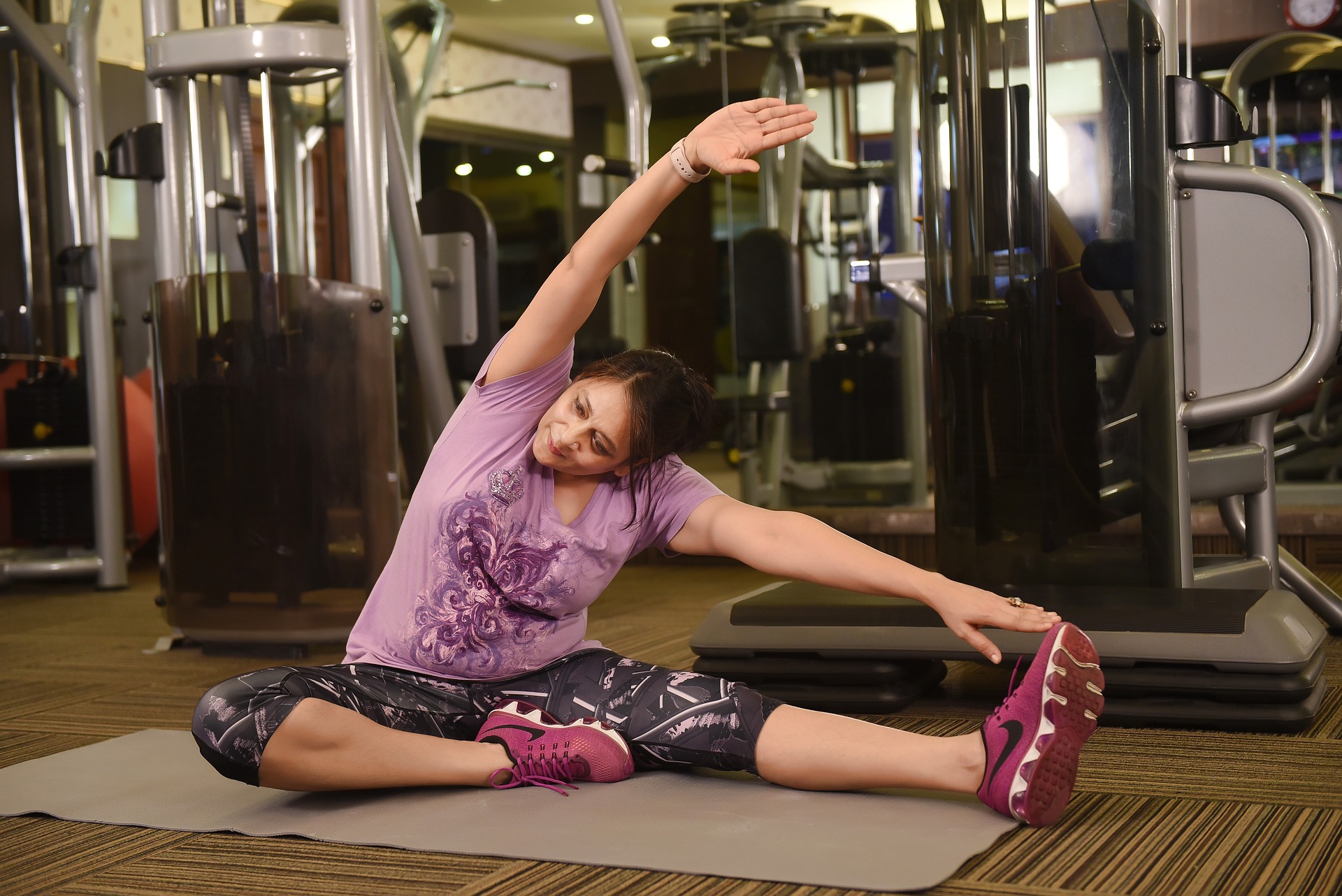How Many Steps a Day to Lose Weight: A Comprehensive Guide
In today’s fast-paced world, maintaining a healthy weight has turned into a significant worry for many individuals. With the ascent of sedentary ways of life and easy access to unhealthy food choices, weight gain has turned into a prevalent issue. In the event that you’re considering how many steps a day to lose weight, you’re doing great towards adopting a healthier way of life. In this comprehensive guide, we’ll dig into the science behind step-based weight misfortune, investigate the optimal number of steps, and furnish you with actionable tips to assist you with achieving your wellness goals.
The Science Behind Step-Based Weight Misfortune
Understanding the correlation among steps and weight misfortune requires a grasp of basic energy balance standards. The quantity of calories you consume versus the quantity of calories you consume decides your weight. Walking, a straightforward and successful type of activity, can significantly add to this energy balance. Each step you take requires energy, and the more steps you accumulate, the more calories you consume.

Optimal Number of Steps for Weight Misfortune
While there is definitely not a one-size-fits-all answer to the subject of how many steps to take for weight misfortune, research and specialists offer a few valuable bits of knowledge. On average, 10,000 steps a day is much of the time suggested as a starting point for individuals aiming to shed pounds. However, late investigations recommend that the ideal number of steps may vary based on factors like age, wellness level, and metabolism. To get a more accurate estimate of your personal goal, consider counseling a healthcare professional or a wellness master.
Actionable Tips to Maximize Your Step-Based Weight Misfortune
Gradual Movement: In the event that you’re not used to walking a lot, don’t hop straight to 10,000 steps. Start with a number that feels comfortable and gradually increase it as your wellness gets to the next level.
Incorporate Walking into Your Everyday practice: Track down chances to walk during your daily activities. Take the stairs instead of the elevator, take short walks during breaks, and think about walking or trekking for short errands.

Put forth Realistic Goals: While aiming for 10,000 steps is a typical benchmark, it’s essential to lay out achievable goals based on your ongoing wellness level. Small, reliable steps are more powerful than propelling yourself too hard.
Utilize a Pedometer or Wellness Tracker: These gadgets can assist you with tracking your steps accurately and motivate you to stay on course.
Blend in Intervals: Incorporate short explosions of lively walking or slopes during your walks. This method, known as interval walking, can help your calorie consume and work on cardiovascular wellness.
Stay Predictable: Consistency is key with regards to any wellness schedule. Make walking a daily habit to see durable outcomes.
Pair with a Balanced Eating regimen: While walking can aid weight misfortune, consolidating it with a balanced eating regimen will yield improved results. Center around devouring supplement rich food varieties and controlling piece sizes.
The Mental and Physical Advantages of Walking
Apart from its job in weight misfortune, walking offers a huge number of mental and physical advantages. It’s a low-impact practice that decreases the gamble of persistent diseases, works on cardiovascular health, enhances state of mind, and lifts overall prosperity. Regular walking can assist with diminishing pressure, increase mental capability, and advance better rest.
Wrapping Up
All in all, deciding how many steps a day to lose weight is a personalized excursion that relies upon various individual factors. Walking is an accessible and successful way to help your weight misfortune goals while helping your overall health. Recall that consistency, gradual movement, and a comprehensive approach that incorporates a balanced eating routine are critical to achieving and maintaining a healthy weight. Start with a goal that suits your wellness level, and gradually challenge yourself to reach new milestones. Assuming you’re uncertain about where to start, feel free to guidance from professionals who can tailor advice to your interesting necessities.















